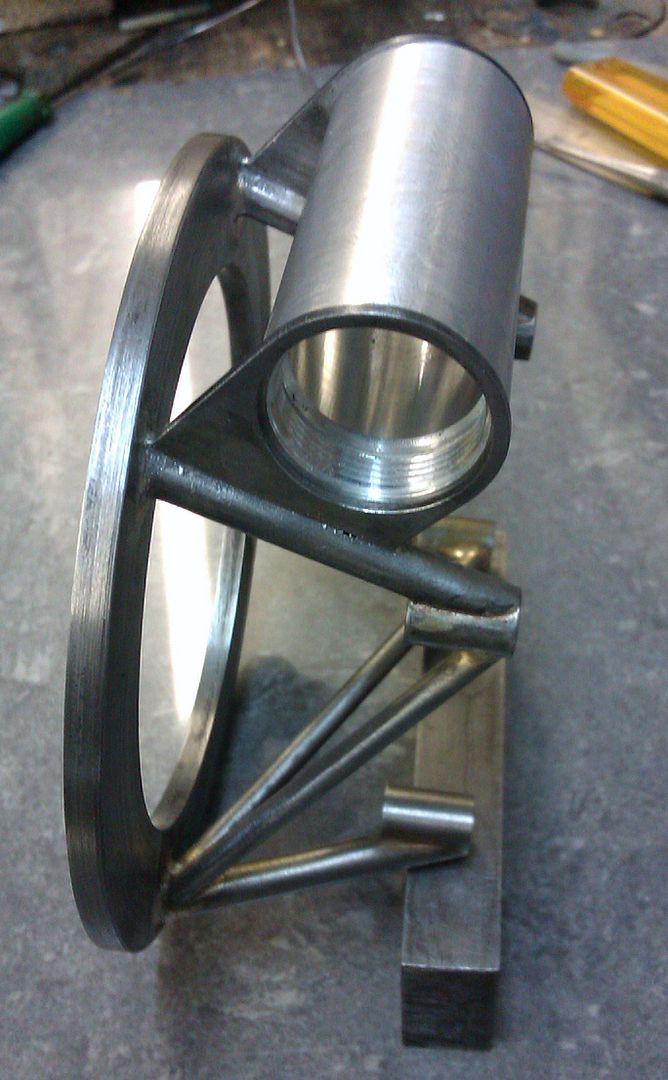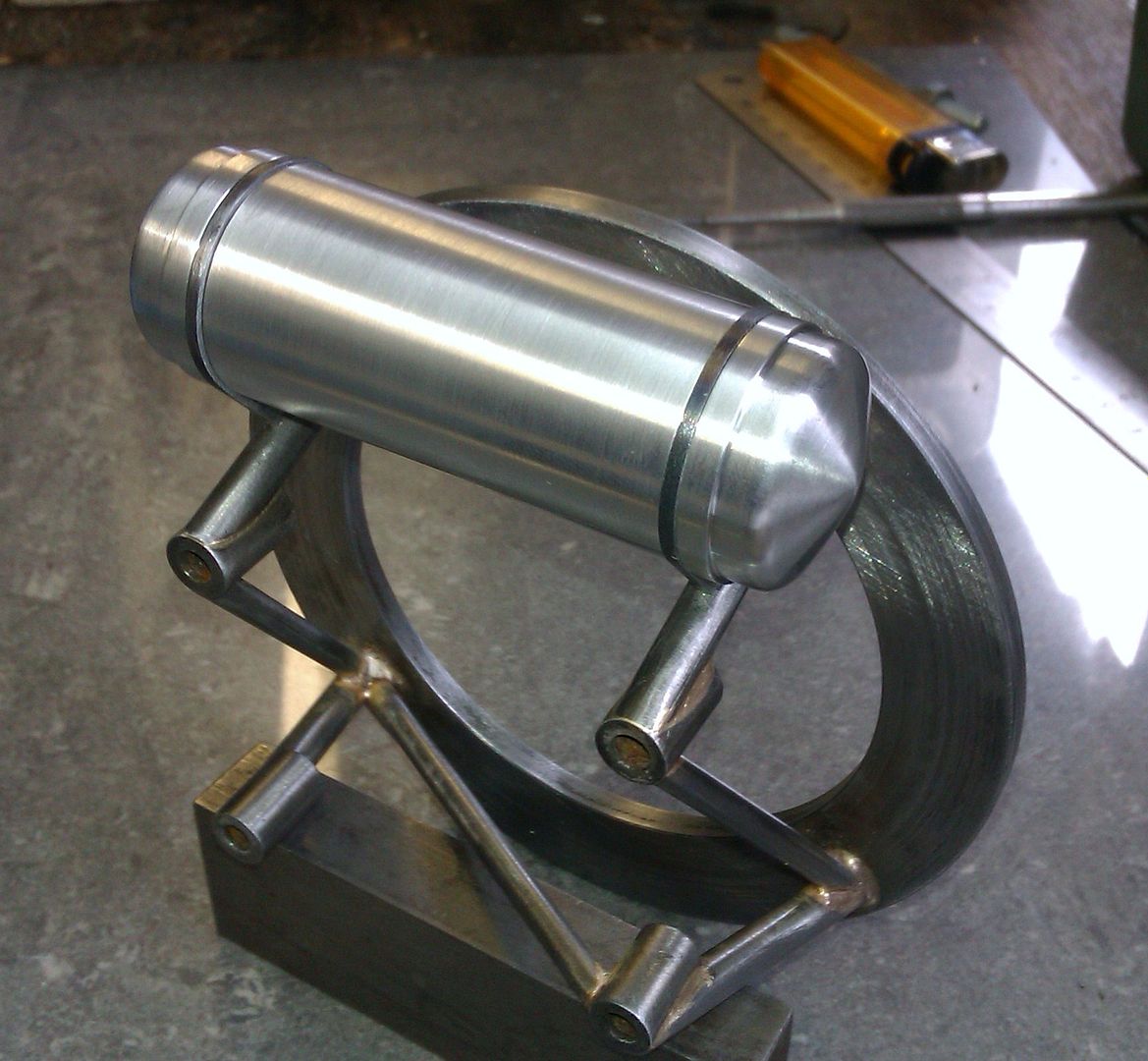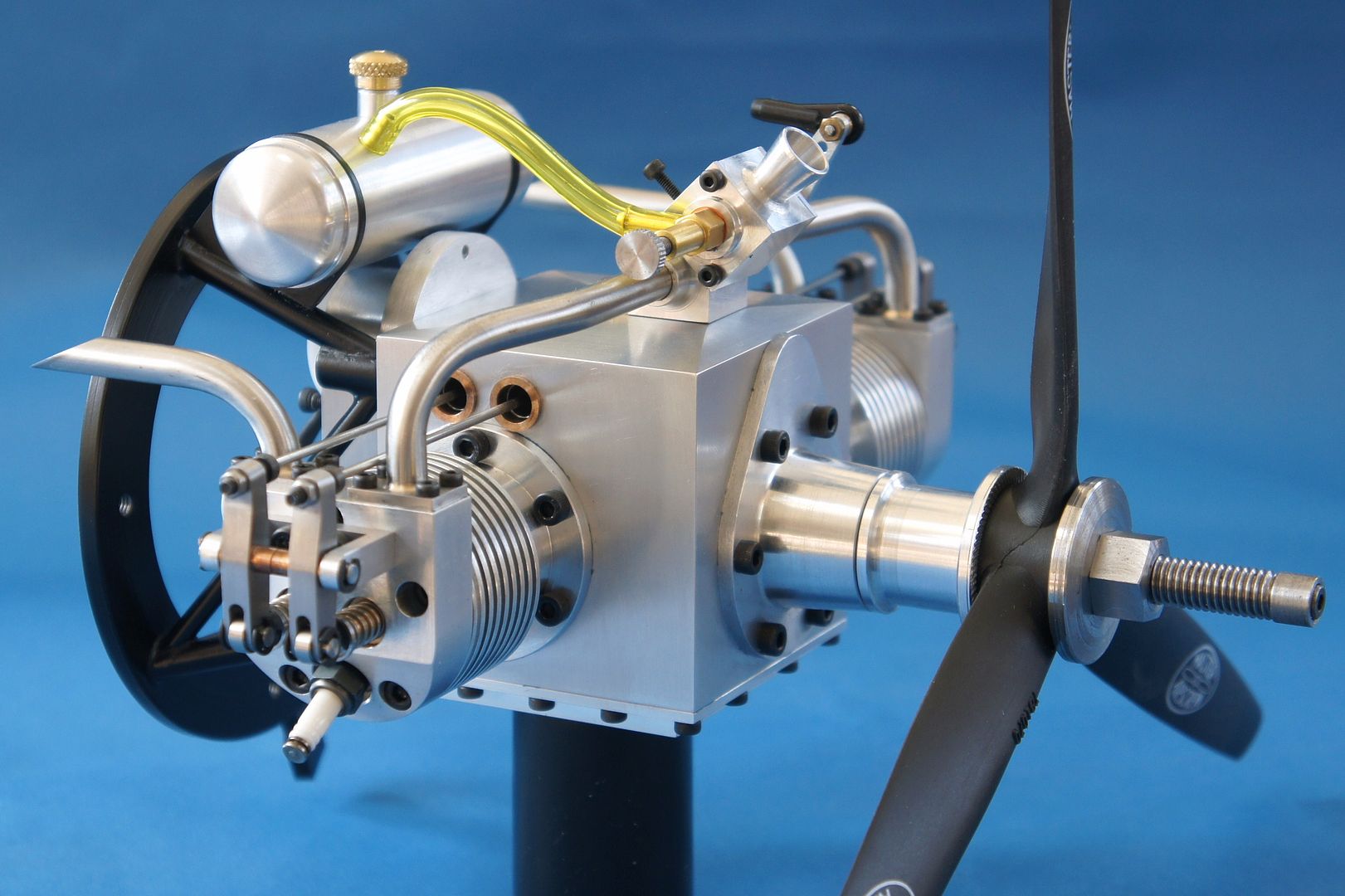You can make a gas tank out of almost anything, as long as the material isn't affected in any way by the fuel and it is leak free, paper is no good BTW, it tends to leak fairly quickly after a short length of time.
It all depends on what size you require, as brass and copper tube can be bought in some of the larger sizes, or tin plate from an old white goods machine can be easily folded up to whatever shape you require, then soft soldered. With tube, obtain the length of the tank you need, plus add about 2.5 times the diameter to the overall length. This extra can be cut off, flattened, then turned into the soldered end plates. If shaped carefully, the end plates can also be turned into the stand for the tank. Or you can just use a small metal can with a screw top and solder a feed pipe into the base and a tiny hole in the screw top, can't get much easier than that, and is what I used to use in my shop for running engines in.
Usually, the filler is turned up and threaded to suit the size of the tank, but again, the screw filler off a metal can can be used to great effect. just cut it off the can, trim up and carefully solder to the tank. A bit of filler, paint and a good fuel proofer can have a very nice looking tank fairly easily made.
The hole is required to allow air into the tank as the fuel is used, otherwise a vacuum will be formed in the empty space above the fuel and the liquid will stop flowing.
So basically, a tank can be made to suit your requirements, which varies from engine to engine, how long you want the engine to run and how nice you want it to look.
A google search for "small model fuel tank" should turn up a few images to give you some ideas.
Hope this helps
John







